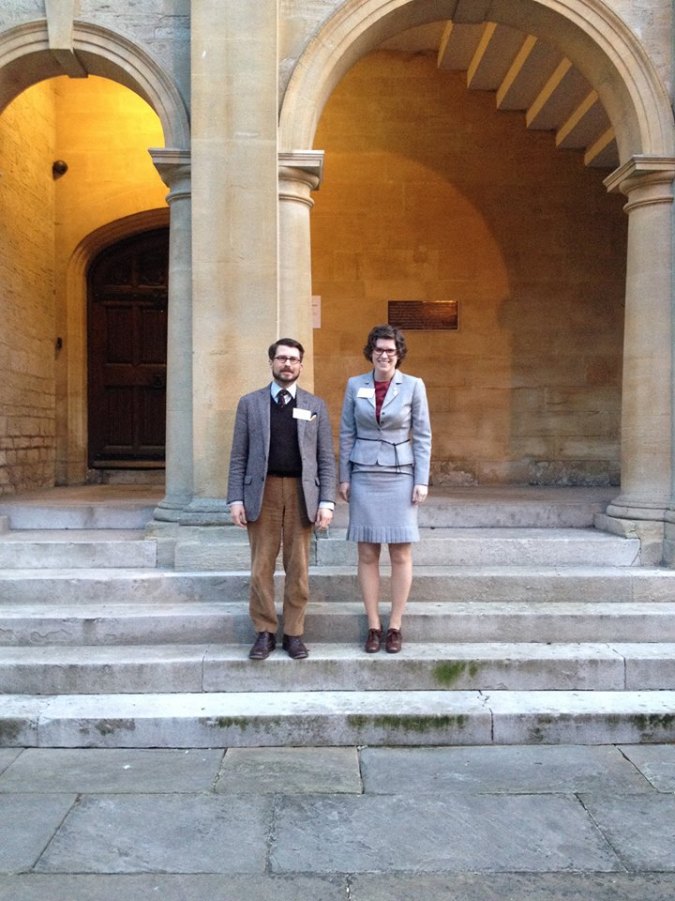
The poppy has become the symbol of the Great War in the UK and a symbol honoring all veterans in the US.
11.11.18. The End. The War to End All Wars draws to a ceasefire.
11.11.15. Ninety-seven years later, the ubiquitous red poppy adorns posters, lapels, and sweaters across the world. It is now known that the Great War did not end all wars, but it continues to have a resounding legacy nearly a century later. Two- minutes silences will be held across nations today to pause and remember the service and sacrifices of veterans. My own poppy stands in crimson contrast with the cream Scottish wool sweater I have chosen to wear, a conscious choice to highlight the day.
On the first Armistice Day, however, men at the front lines saw little fanfare. No elaborate celebrations had been planned, the ceasefire itself coming as an anticlimactic end to a turbulent war.
American artilleryman Fritz Draper Hurd spent 27 months on the Western Front, first serving as a nurse with a British hospital unit and later transferring to the American artillery after intervention in 1917. During his war time, Hurd had staffed a hospital during the devastating German offensive in the spring of 1918, working 24 hour shifts in an attempt to clear the wounded and spent the summer/fall of 1918 as a liaison officer for the 103rd Field Artillery, creeping through No Man’s Land with a telephone to call back enemy coordinates to his battery.
On the evening of November 11, 1918, he wrote the following in his diary:
Firing galore until 11 a.m. infantry advance @ 9:30 “Cease fire” @ 11… Feeling rotten. Lots of flares + rockets in sky tonight. Lots of lights. Wakened the doc @ 5. Thot my heart was stopping. Lesile, Dr. Stanion + I take walk out to old boche territory. Visited Flabao, Mouirey + Crepion, came back saw lots dead at Ormont farm. Cold.
Hurd’s armistice was spent in a miserable fashion. Sick and cold, Hurd watched the infantry advance right up until armistice was called and then walked out to enemy territory amidst corpses. Significantly, this is the first time in Hurd’s trench diary where exposed corpses are mentioned. For several days after the armistice, Hurd walked No Man’s Land and commented on the bodies strewn about the landscape (even accidentally gassing himself several days after the war ended while fumbling with surplus shells). During wartime, though he certainly would have seen bodies, he chose not to mention them and focus instead on the job at hand. In his seemingly aimless peace before demobilatizaion, Hurd had no choice but to be confronted with the magnitude of devastation wrought by the war and begin to put his own experience into context.
Almost five decades later, and aging Hurd recorded a memoir of his service for posterity. His memoir account of the Armistice is as follows:
Then we heard that the War was going to end and I don’t know but I suppose a lot of people did the same thing, but we fired a shell—the thing was supposed to end at 11:00 o’clock on the 11th of November and we fired a shell that I think was in flight 10 seconds so that 10 seconds before 11:00 o’clock on the 11th of November, we said that we were the last one to fire a shell in the War. Well, as a matter of fact there wasn’t much going on the last part and in the Argonne offensive, later on, when we had these boys going by our place, they were going into the line. In the first place, we heard the rumor on the 7th of November that it was going to end and then they kept going over the top. Moving forward on the 9th and then on the 11th, when we heard that they were ordered to move just as far forward as they could, we felt that this was just a little too much, but I might say (in defense of such action) there was not too much trust in regards to the word of the Germans and things were very touchy and there was always a doubt as to sincerity of their word.
Well, I think I was delegated to go back the next day to some town and get twelve bottles of champagne and we all drank champagne. There again, it was very impressive to hear the very silence of everything. There was nothing on the roads. Everything was quiet. There was no firing, no lights, no nothing! However, after the third or fourth day, then we began seeing people who came up from the rear in cars so that the first few days afterwards there was just nothing moving and it was a very eerie feeling.
We didn’t go into Germany because the 26th division was just “too damned shot up.” Our horses were shot up, we were not motorized yet, and our infantry certainly was shot up and we were one of the few Divisions that weren’t allowed or ordered into Germany. Whether this was an honor or a rebuff, I don’t know.
In his aging recollections, Hurd remembered drinking champagne, but nothing in his diary or recollections suggests raucous or well organized celebration. Rather, the impressive and “eerie” silence overwhelmed and confused the senses that had become so used to constant lights and the roaring of artillery.
Hurd remained proud of his war service but also moved on with his life. To celebrate the first anniversary of the Armistice, he joined the American Legion. On the second anniversary, the now busy medical student found himself in the lab performing an autopsy, studying to become a doctor, his profession for the rest of his life. In closing his memoir, Hurd wrote:
I feel that in completing the record of my experience in France, and during the War that I should mention the battles which I was credited with and given bars to show on my victory medal ribbon. There were five bars which included one in the “Defensive Sector.” This bar was given to everyone, however, the four additional bars which were hung on to my victory medal ribbon were the bars marked Champagne March, Aisne Marne, St. Mihiel, and Meuse Argonne. I feel it incumbent that I mention these various campaigns in which I saw service and which is evidence of my activities during the war of which I am very proud.

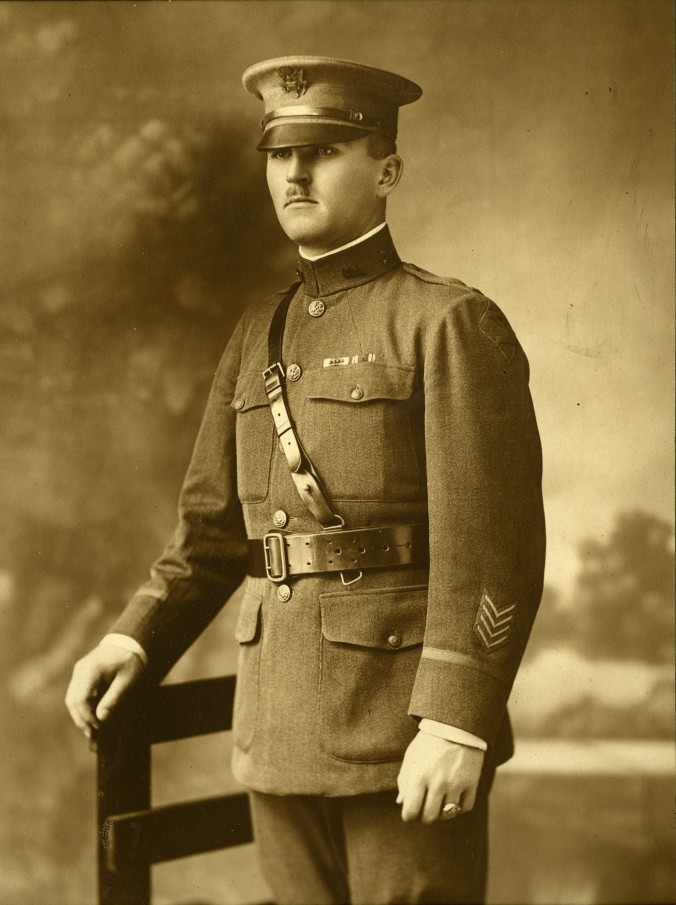






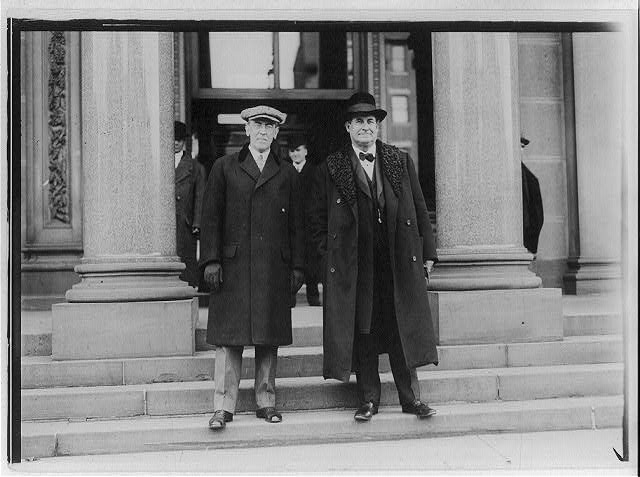


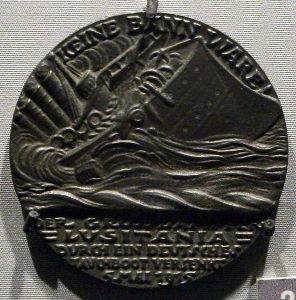

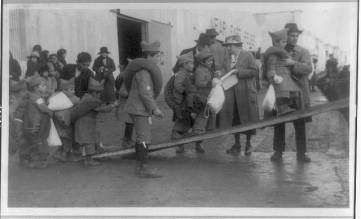

![This disturbing photograph, taken in 1919, demonstrates continued killing beyond the 1915 massacres was originally captioned: "The Turks' bag of game: This picture shows that the Turks, in the remote districts of Aisa Monor [i.e. Asia Minor] beyond the reach of the protecting hand of the Allies, have continued their policy of the slaughter of the Armenian Christians after the signing of the armistice. The massacre of the forty shown in the picture, which has just been received in this country, occurred in February 1919." LC-DIG-ds-01042](https://johnsa07.wordpress.com/wp-content/uploads/2015/03/lc-dig-ds-01042-graphic.jpg?w=676)
